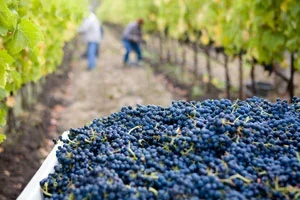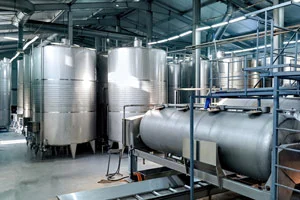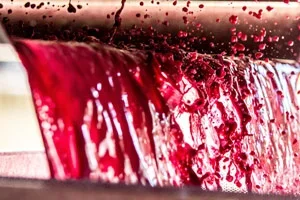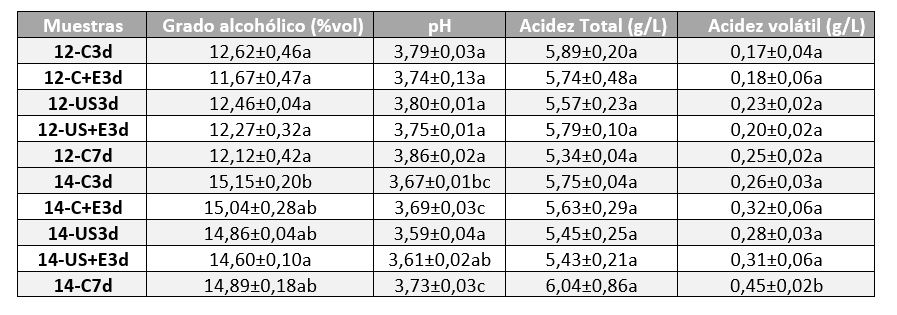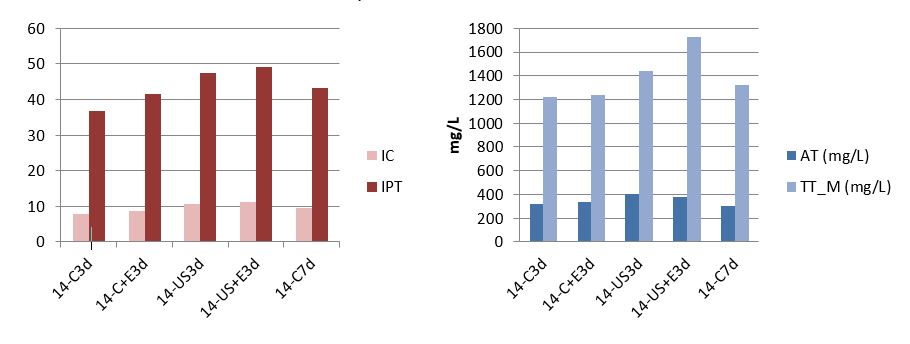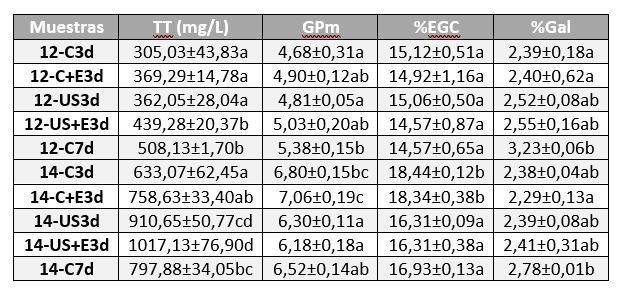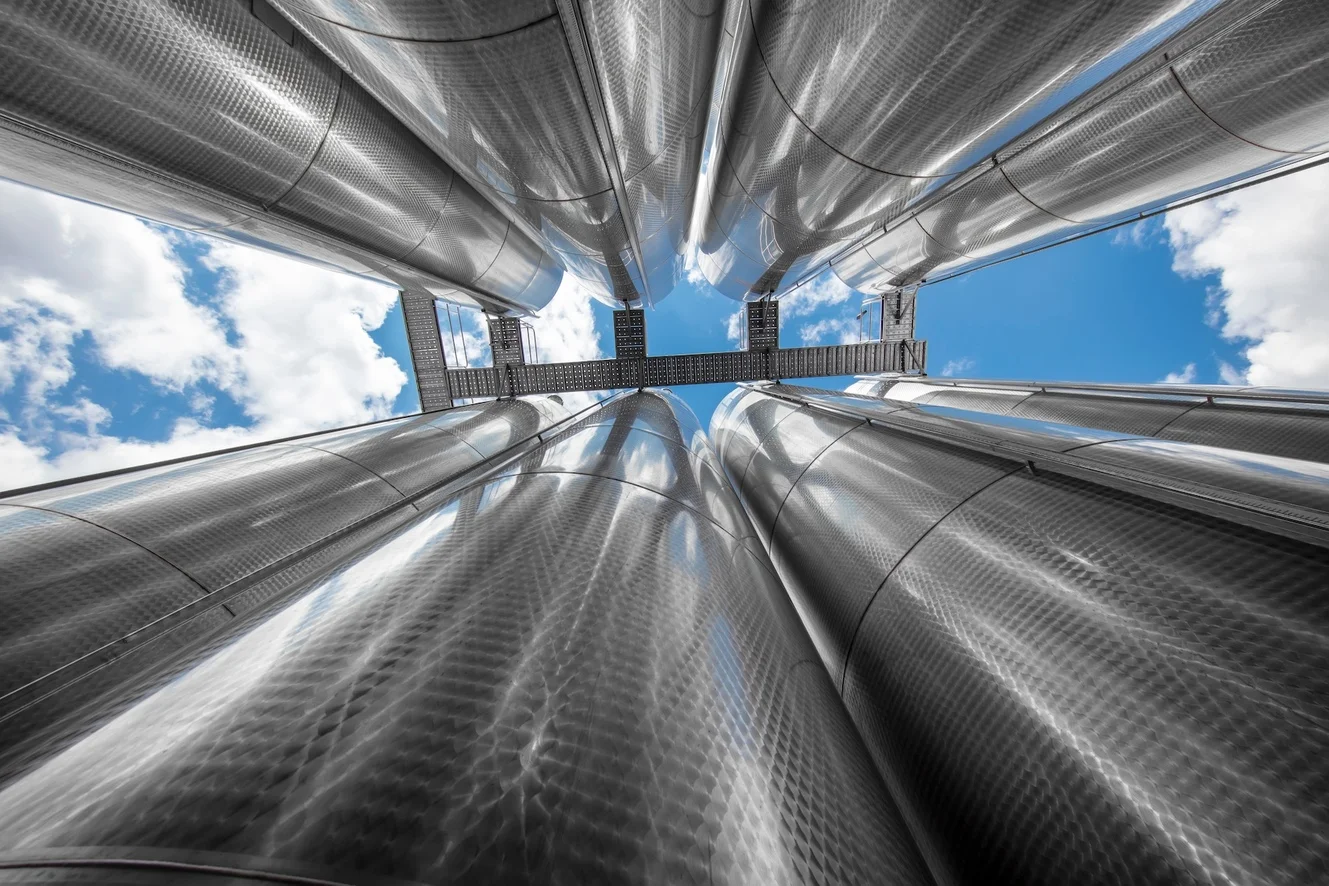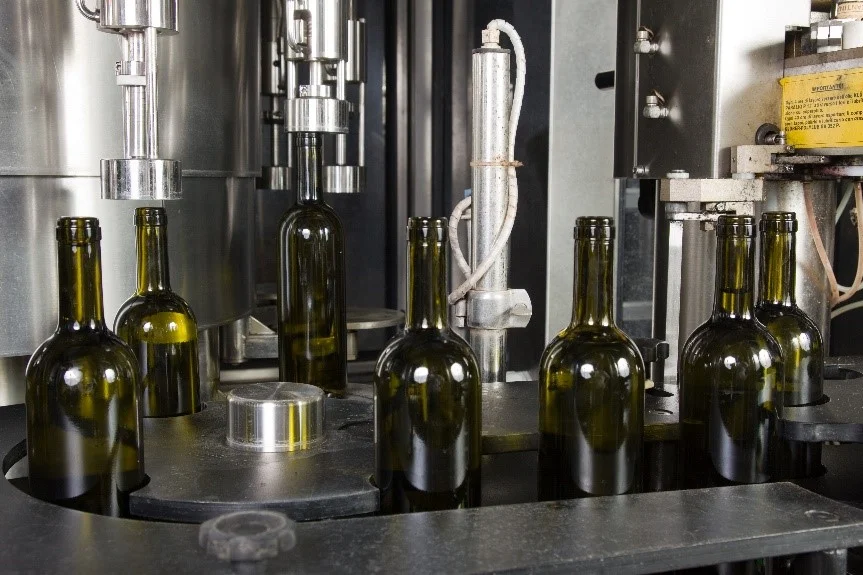It is common knowledge that climate change affects grape quality. Therefore, at the Agrovin Group, we have spent years researching and proposing solutions to alleviate their effects on wines. Our commitment to sustainable oenology has led us to develop a technology that helps us shorten the maceration process, which increases productivity while saving energy.
Ultrawine Perseo and the use of ultrasound
Ultrawine Perseo is our most innovative and eco-sustainable system yet, thanks to our technical team who have revolutionised the oenology sector with their pioneering use of high power/low frequency ultrasound is revolutionizing the oenology sector by being a pioneer in the application of high power and low frequency ultrasound to the grapes. It is a noble extraction technique, without increasing temperatures or pressure, highly efficient in the extraction of phenolic and aromatic compounds, while helping to alleviate the effects of climate change during the grape ripening phase. This system is also intended to help optimise wine-making processes at the wineries, since it reduces maceration time by up to 50% and achieves energy savings of up to 15%.
It’s development is the result of more than 8 years of research that arose in response to the demand from wineries to have a system to help optimise resources and improve wine quality. The project was developed with the collaboration of the Group of Agro-chemistry and Food Technology Researchers of the UMA (University of Murcia) and also has the approval of the OIV in making use of ultrasound technology as an oenological practice. The system has obtained an international patent and has been installed in large warehouses all around the world.
Study breakdown: Grape ultrasound and enological enzymes
In our aim to continue developing and improving the application of ultrasound in winemaking, Agrovin has worked with the Agrochemical and Food Technology Research Group of the University of Murcia, to study the possible synergy in the combination of the use of ultrasound in grapes together with the use of oenological enzymes, which could positively effect the extraction of phenolic compounds.
Methodology applied
In the development of this study, red wine was made with grapes of the Monastrell variety in two stages of maturity (12º Baumé, and 14º Baumé) from a vineyard in Jumilla (Murcia, Spain), the grapes were destemmed and crushed and five vinifications were completed (in triplicate):
- 2 control vinifications without enzymatic treatment or ultrasound with 3 and 7 days of maceration.
- 1 vinification with the addition of enzyme and 3 days of maceration.
- 2 vinifications with sonicated grapes, with and without the addition of enzyme after the sonication process and with a maceration time of 3 days
Enzyme treatments used Enozym LUX, a highly concentrated pectolytic enzyme. In the application of Ultrasound (US), the crushed and destemmed grape was treated with Ultrawine Perseo.
The following analytical methods were used to determine the results of various tests:
- Physico-chemical analysis: The alcohol content, pH, total acidity and volatile acidity are analysed in accordance with the European Commission Regulations.
- Spectrophotometric parameters: Colour intensity (absorbances at 420, 520 and 620 nm), total polyphenol index (absorbance at 280 nm), total anthocyanins and methylcellulose precipitable tannins are determined.
- Determination of tannins using HPLC: The concentration and composition of the tannins present in the wine were measured using the phloroglucinolysis method.
Results:
Effects of different treatments on physicochemical composition
Table1. Physicochemical composition of wines.
12: wine made with 12º Baumé grapes; 14: wine made with 14º Baumé grapes, C: control wine; US: ultrasound application; E: addition of enzymes, 3d: 3 days of maceration; 7d: 7 days of maceration. Different letters in the same column mean statistically significant differences (P < 0.05) (n =3).
The results of the analysis of the physico-chemical parameters indicated that there are no significant differences between them. Regarding the alcohol levels, the wines obtained from grapes with 12º Baumé had an alcohol content that oscillated between 11.7 (12-C + E3d) to 12.6% (12-C3d) while the wines made with grapes of 14◦Baumé provided values ranging from 14.60 (14-US+E) to 15.15% (14-C3d). There were no significant differences in pH or total acidity, regardless of the degree of ripeness or the different winemaking techniques applied, since the acidity of the must was corrected at the beginning of the production process in the case of the most ripe grapes.
The volatile acidity was very low, especially in wines made with less mature grapes. Unsurprisingly, the highest values in both wines were found for those made with seven days of maceration.
Effect of different treatments on the wine colour and phenolic content
Graph 1. Chromatic parameters and phenolic content of the grape wines from 12th Be.
CI: colour intensity; IPT: total polyphenol index, AT: total anthocyanins (mg/L); TT_M: methylcellulose precipitable tannins (mg/L), 12-C3d: control with 3 days of maceration; 12-C +3Ed: addition of enzymes and 3 days of maceration; 12-US3d: application of ultrasound and 3 days of maceration; 12-US +E3d: application of ultrasound and enzymes and 3 days of maceration; 12-C7d: control with 7 days of maceration.
The results showed that when only pectolytic enzyme is added, the colour intensity of the resulting wine was slightly (but not significantly) higher than the control wine. On the other hand, statistical differences were observed in the anthocyanin content of the wines (wines 12-C versus wines 12-C + E3d), which increased significantly. Neither the tannin content nor the tannin profile was affected by the use of the enzyme.
Regarding the effect of US, the chromatic characteristics of the wines obtained after three days of maceration (12-US3d) did not differ from the wines obtained using pectolytic enzymes or from the control wine, while the combination of US and enzyme made it possible to achieve colour values and phenolic compounds similar to those shown in the control vinification with 7 days of maceration (which had the highest results), indicating that the combination of both techniques could help reduce maceration time.
Graph 2. Chromatic parameters and phenolic content of the grape wines from the 14th Be.
CI: colour intensity; IPT: total polyphenol index, AT: total anthocyanins (mg/L); TT_M: precipitable tannins by methylcellulose (mg/L), 14-C3d: control with 3 days of maceration; 14-C+3Ed: addition of enzymes and 3 days of maceration; 14-US3d: ultrasound application and 3 days of maceration; 14-US+E3d: application of ultrasound and enzymes and 3 days of maceration; 14-C7d: control with 7 days of maceration.
In the case of wines from more mature grapes, they presented higher colour intensity, IPT, total anthocyanins and tannins than the corresponding wines made with less mature grapes. The technological maturity of the grape is usually accompanied by an increase in phenolic maturity. This, together with the higher alcoholic degree reached in these wines, could have facilitated a greater extractability of the phenolic compounds of the grape.
The use of enzymes hardly produced changes in colour and phenolic content compared to the control (14-C3d), in this sense, Bautista-Ortín et al. (2007) reported the low effect of maceration enzymes when used during the vinification of grapes with an advanced degree of ripening, possibly due to the greater natural degradation of the grape structure with ripening.
The chromatic characteristics of the wine, as well as its content of total phenols, anthocyanins and tannins, improved significantly with the sonication of the grapes, compared to the control wines after 3 and 7 days, seeing an increase in colour intensity of 35%. This indicates that the lower effect of US in less ripe grapes may possibly be due to a greater rigidity of the cell wall structure.
Table 2. Concentration and composition of extracted tannins.
TT: total tannins (mg/L), GPm: average degree of polymerisation, %EGC: percentage of epigallocatechin, %Gal: percentage of galloylation, 12: wine made with 12º Baumé grapes; 14: wine made with 14º Baumé grapes, C: control wine; US: ultrasound application; E: addition of enzymes, 3d: 3 days of maceration; 7d: 7 days of maceration. Different letters in the same column and for each degree of maturation mean statistically significant differences (P < 0.05) (n =3).
In the case of tannins measured using the floroglucinolysis method, for wines made with grapes with 12º Be, the use of the enzyme did not produce changes in either the content or the profile of these compounds with respect to the control wine with 3 days of maceration.
Compared to this same control, US slightly increased the tannin content and the percentage of galloylation, while the combination of US + E resulted in tannin content and composition more similar to that of the wine with 7 days of maceration (which has the highest values of these parameters), although with lower values of the percentage of galloylation, indicating a lower extraction of tannins from the seed.
Regarding wines with 14ºBe, they show higher values of these compounds and a higher average degree of polymerisation and percentage of epigallocatechin when compared to 12ºBe wines.
In particular, the addition of the enzyme did not cause large differences with respect to the 3-day maceration control, while sonication significantly increased the tannin content when compared to the 3- and 7-day control wine, and its composition was more similar to that shown by the 7-day control, although with a lower percentage of galloylation.
The combination of US +E produced the highest tannin content in the wine, higher than that shown by the control with 7 days of maceration, but with a lower presence of galloylated tannins.
Conclusions
The sonication of the grape led to an improvement in the chromatic characteristics of the wine obtained from ripe grapes with only 3 days of maceration. It is also a more effective technique than the application of pectolytic enzymes in increasing the colour and phenolic content of wine, although there is a synergistic effect when combining both treatments. Therefore, the combination of sonication and the application of enzymes could be considered a very interesting tool to reduce maceration times (more than 50%), thus increasing winery productivity.
